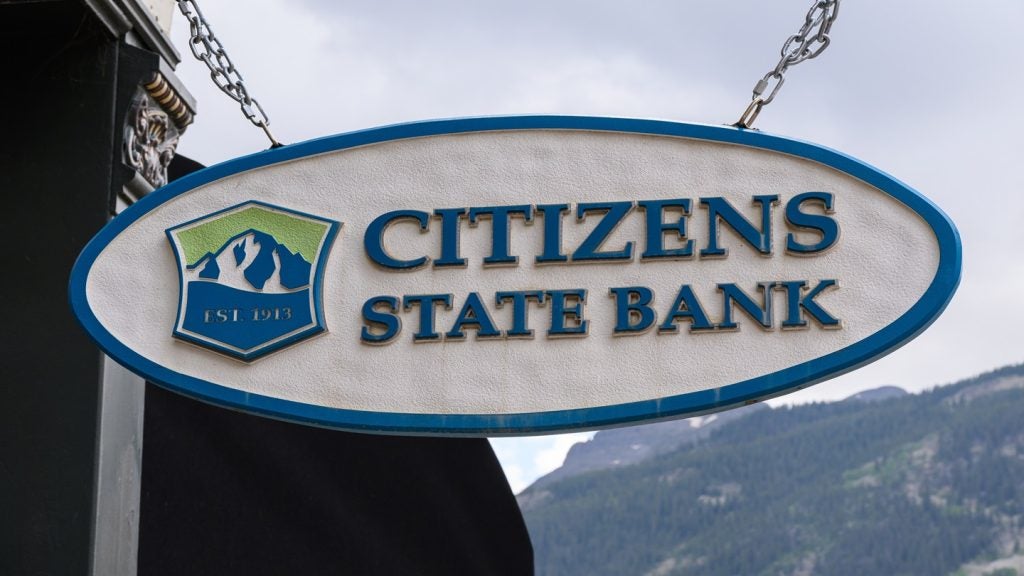European banks made a combined profit of $1.2 trillion in the
decade between 1998-2007, according to RBI research,
underscoring just how successful the industry has been – and just
how different the industry will be after the credit crunch. William
Cain and John Hill report.
The industry turmoil demolishing banking markets in the US, UK and,
threateningly, across the globe comes at the end of an
unprecedented period of banking growth in many markets. Banks in
the US and UK particularly have enjoyed extremely profitable times
– unsurprisingly, it is the players in these two markets that have
been hit hardest by the abrupt market collapse.
Since the end of the savings-and-loans crisis in the US in 1993
– a catastrophic era which saw over 1,000 US banks fail (see
RBI 597) – banking has been one of the most profitable
consumer industries in many markets. Even with major market dips,
such as the Asian financial crisis in 1997-98 and the 11 September
terrorist attacks in 2001, consumer banking has powered ahead – and
continues to do so in emergent super economies such as Brazil,
Russia and China.
 $1.2 trillion in profit
$1.2 trillion in profit
Research carried out by Retail Banker International shows just
how successful the market has been over the past 10 years: profits
from just 20 retail-focused banks based in Europe and the US
totalled $1.2 trillion in the 10 years from 1998 to 2007. The most
profitable banks over the period were those which are now most
affected by credit losses and write-downs on asset-backed
securities in the US as the banking boom sowed the seeds of the
current bust.
Citi, which tops the list, had a combined profit over 10 years
of $145.8 billion. Bank of America made $113.9 billion and HSBC
made $99.1 billion in profit over the decade.
The magnitude of those earnings puts into perspective the
escalating level of write-downs European and US banks have made
since the start of the subprime crisis in the middle of last
year.

US Tariffs are shifting - will you react or anticipate?
Don’t let policy changes catch you off guard. Stay proactive with real-time data and expert analysis.
By GlobalDataCombining RBI’s research on profits with Bloomberg’s
August figures on credit losses – which includes six months of
write-downs not featured in the profit survey – it can be shown
that Citi’s $55.1 billion in credit losses since the start of the
turmoil has effectively wiped out its profit over the last three
years. Bank of America’s write-downs of $21.2 billion were
equivalent to 16 months’ worth of profits, while HSBC’s $27.4
billion in write-downs accounted for 18 months of its earnings.
RBI’s survey also provides a snapshot of the banking
industry as a whole. The average profit of the selected banks over
the decade rose from $2.1 billion to $9.1 billion, a compound
annual growth rate of 12 percent. The growth has not been
unrelenting – between 2000 and 2001, profit among the 20 banks
declined 24.3 percent. This was in part a result of weakening
domestic economies, coupled with the 11 September terrorist attacks
which exacerbated negative market sentiment.
 But it was also skewed
But it was also skewed
negatively by changes in accounting practices at Deutsche Bank and
a large non-operational gain of $7.09 billion by ING, inflating the
2000 figures. Deutsche Bank converted to the US GAAP standard and
booked a huge increase (102 percent) in profit in 2000 and a
massive decline (-96.6 percent) in 2001.
It is remarkable that HSBC and Bank of America remain banking
success stories in spite of the torrid conditions both have endured
in the US. Particularly in the case of HSBC, the survey shows the
value of real product and geographical diversification, as well as
the benefit of maintaining a strong capital base (see HSBC
stands out from the crowd). The credit losses in its US
consumer finance unit, HSBC Finance (formerly Household), and
investment bank have been more than offset by the gains it has made
across the world.
All of its international businesses have remained profitable
despite losses in the US – it now makes 65 percent of its profit in
the Asia-Pacific region. The breadth of its product offering, from
unsecured consumer loans in its international credit card business,
to wealth management, global consumer banking, and insurance, have
cushioned it from declines isolated to individual areas of
financial services.
Royal Bank of Scotland (RBS) was the bank which showed the
strongest and most sustained growth in profits in the 10 years
studied by RBI on a compound annual growth basis. It
achieved a 27.6 percent compound annual growth rate (see chart
opposite). Again, it has been one of the banks hit hardest by
the financial turmoil.
In RBS’s case, its purchase of parts of the ABN AMRO franchise
last October for €27.2 billion ($37.2 billion) at the height of the
market and concerns over the health of its retail banking
operations in the US have seen its profits in the first half of
2008 evaporate.
The conclusion from these examples seems to be: the higher the
growth over the last 10 years, the greater the likelihood of
problems in the current turmoil. But there are exceptions.
Santander, which registered the second highest compound growth, has
so far ridden out the storm despite a domestic and commercial
crisis in the housing market in Spain and participation in the ABN
AMRO deal. The Spanish outfit paid €19.9 billion for its part in
the acquisition, but quickly made a €3 billion profit by selling on
Antonveneta, an Italian commercial bank it acquired as part of the
deal, to Banca Monte dei Paschi di Siena.
And it is not just the achievements of the internationally
diverse banks which are highlighted by the survey. The growth
witnessed by Intesa Sanpaolo and Wells Fargo proves that banks do
not need to have a significant overseas presence – or, in the case
of Wells Fargo, any – to be profitable.
From €1.53bn to €7.25bn
Intesa, which makes 10.5 percent of its profit from its
international subsidiary banks, increased overall profit from €1.53
billion in 1998 to €7.25 billion in 2007, a compound annual growth
rate of 16.8 percent. The biggest improvements in profit came after
the merger of Banca Intesa and Sanpaolo IMI, with a jump of $3.66
billion to $10.4 billion from 2006 to 2007. The deal, announced
initially in September 2006, gave them around a 22 percent market
share of the Italian retail banking market.
In the US, AAA-rated Wells Fargo – the only bank in the US which
now holds the top rating from ratings agencies Standard and Poor’s
and Moody’s – has maintained its reputation as a conservative
retail bank which focuses on doing the basics well. Its strengths
are in building customer loyalty through good service,
cross-selling products and remaining committed to maintaining an
extensive branch network – which will return to being the country’s
largest following the recent acquisition of Wachovia (see Wells
Fargo takes the lead and News Digest).
It has a cautious funding stance, with deposits funding 77.8
percent of total loans, and a diverse asset profile. While it
generally underperformed the industry in the boom years of 2003-06,
it has now started to outperform at probably the most important
time.
The only bank of the 20 in the survey to make an annual loss at
any stage during the decade was Washington Mutual, an early
indicator of the credit losses which engulfed its business one
month ago.
The decade was a golden age for bank profits, but regulators and
the taxpayers that are now being asked to bail out the financial
system will see it as another example of banks taking excessive
risks. They are beginning to question whether such growth is
desirable for businesses so fundamental to the functioning of
national economies, and an increase in regulation within the
industry is certain as governments take stakes in banks.
It looks likely to be a long time before the industry will see a
decade like it again.








